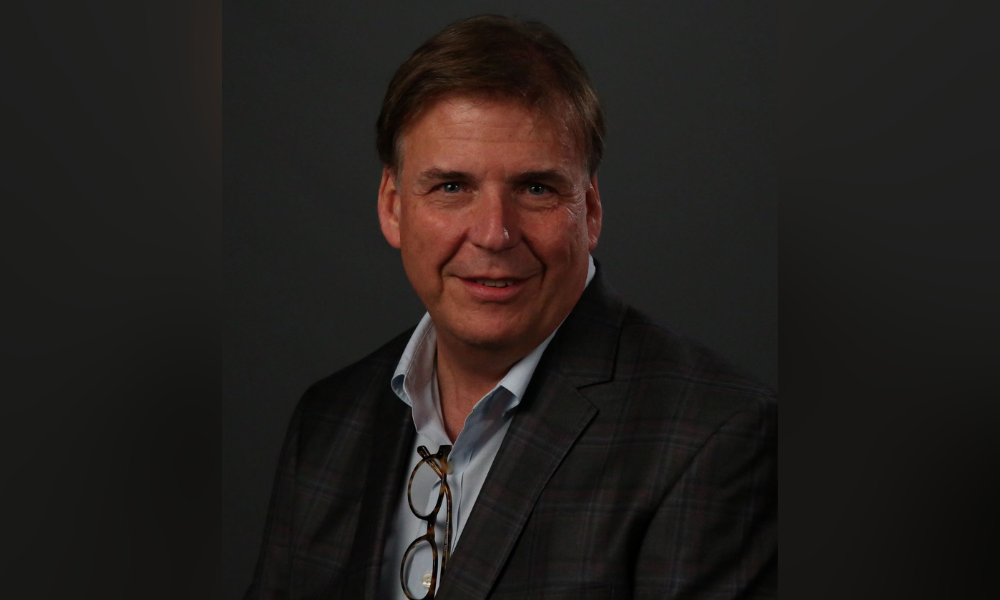Latest Natixis advisor survey points to key demographic client segments

Advisors are optimistic, despite all that’s happening in the world, and they want to increase their assets under management (AUM) by 5% this year with new assets from new clients rather than market performance, says a new global study.
“There’s a sense of optimism that we wouldn’t have expected because we were in the field in March and April when things were getting bad,” Dave Goodsell, executive Director of the Boston-based Natixis Centre for Investor Insight, told Wealth Professional.
“The war had broken out in Ukraine. The markets were having difficulties. Interest rates were rising. Inflation was at a peak. And yet, advisors had a positive outlook. Despite everything, they still think that markets will end the year up – they’re thinking by about 4.2% – and they’re looking to grow their business through all of this, too, but they’re being very selective in how they go about it.”
Natixis found that financial advisors are hoping to grow their annualized AUM by 15% and ten new clients a year over the next three years, primarily using rollover retirement assets and generational wealth transfer. But, it believes they may be hard-pressed to hit their targets unless they also adapt their business assumptions and practices.
Natixis Investment Managers is a Boston and Paris-based asset manager, which surveys investors, institutions, and advisors, and wants to help advisors grow their business by informing them about trends shaping their business. Its recent survey included 150 financial advisors across Canada in a global survey of 2,700 financial professionals in 16 countries, which pointed to some opportunities.
While Goodsell said the markets recently helped them achieve their growth goals, advisors now are focusing on adding more clients to their book. While they’ve been looking at the 50 to 60-year-olds who are in their peak earning years, Goodsell said other groups are offering them opportunities.
One of those is millennials who are seeking advice.
“They’re used to working with a professional, whether it’s a personal trainer or someone who is giving them advice on how to manage their home purchase,” he said. “They want professional advice, and we were surprised to see that they don’t put their trust in robo advisors. They’re looking for personal attention from an individual rather than an algorithm solution.”
Several other groups are ripe for being advised, too. HENRY – high earner, not rich yet – clients are also early in their career, generating significant income, but may not be doing the savings and investments they need yet. The LGBTQ market is also substantial. But, Goodsell said advisors need to demonstrate their value beyond asset allocation as these groups want a comprehensive plan.
The Stats
The survey showed 98% of financial advisors are looking for new business among pre-retirees, aged 50 to 60, while 64% are focused on those entering retirement. 70% were looking at those between age 35 to 50 who need comprehensive financial services to manage multiple goals, such as saving for retirement, funding education, and managing debt. Only 33% were considering post-retirees while 34% were prospecting for clients aged 18 to 35, who represent Canada’s fastest-growing population.
Advisors are also targeting specific sectors: professionals (83%), business owners (75%), HENRY high earners who aren’t rich yet (75%), next-generation heirs (35%), women (29%), and the LGBTQ+ community (4%).
The survey found that client acquisition is the most difficult way for advisors to grow their business: 45% said winning new assets from new clients is most challenging, 20% said gaining more assets from existing clients is hardest, and 29% said retaining clients was most challenging.
65% of the advisors said establishing relationships with clients’ next-generation heirs is important for growing their business, yet 50% said it’s hard to make progress because it takes so much time.
59% of the advisors said that demonstrating their value beyond portfolio construction is one of the most important factors for their success, but 42% said it’s challenging because it takes so much time to deliver a broader range of advice and services.
Advisors are expanding their capacity on the planning side by using model investment portfolios. 84% of client AUM is in these, with 47% in models the advisors built themselves, 29% in models their firms built and managed, and 23% with third-party asset managers.
83% of financial advisors said what clients with assets in model portfolios value most is the relationship, followed by tax management (60%), financial education and engagement with family members (51%), and trust and estate planning services (50%).
Of the 16% of advisors who don’t use model portfolios, 54% said that personally building clients’ investment portfolios was essential to their value proposition.
While Goodsell said advisors may be aware of these opportunities, the data helps them think about their business plans a little differently to better adapt to potential client needs and expand their businesses, even as they reach out to educate some of these sectors.
“Advisors seem to be pretty resilient in the face of the challenges that are out there,” he added. “They’re very much aware of how much they need to work with clients and help guide them through these uncertain times. That’s where they know that they really earn their fee.”



